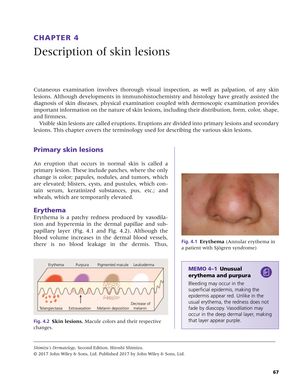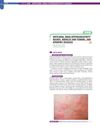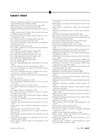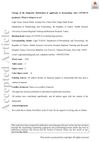Description of Skin Lesions
December 2016
alopecia chronic eczema acne erythema purpura macules leukoderma atrophy scales scars lichenification condylomas HPV syphilis Nikolsky sign Köbner phenomenon hair loss eczema pimples redness bruising spots white patches skin thinning flakes marks thickened skin warts human papillomavirus sexually transmitted infection

TLDR The document explains different types of skin lesions and their characteristics, causes, and related conditions.
The document from December 2, 2016, provides a comprehensive overview of skin lesions, distinguishing between primary lesions that arise on normal skin and secondary lesions that develop from primary ones or due to other processes. It describes primary lesions such as erythema, purpura, macules, and leukoderma, detailing their specific characteristics like color and size. Secondary lesions, including atrophy, scales, and scars, are associated with aging, injury, or chronic conditions. The document also covers lesions related to mucous membranes, such as aphtha and leukoplakia, and various dermatological conditions like chronic eczema, acne, and alopecia. It explains the association of certain lesions with diseases, for instance, lichenification with chronic eczema, and condylomas with HPV or syphilis. Additionally, it discusses dermatological phenomena used as diagnostic indicators, such as the Nikolsky sign and the Köbner phenomenon, and notes that Raynaud's phenomenon is covered in a different chapter. The document serves as a guide for identifying and understanding skin lesions in clinical settings.



